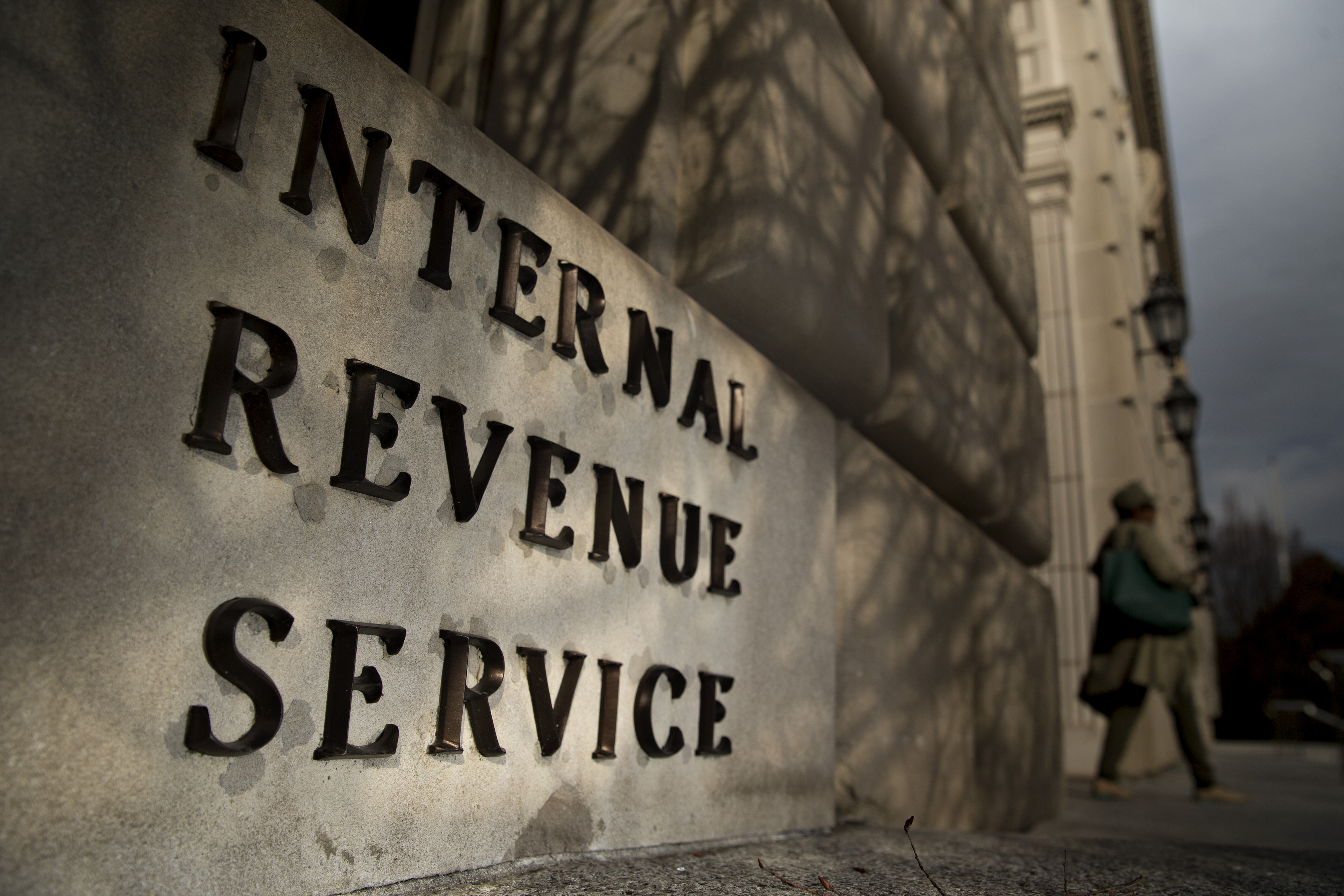The Internal Revenue Service published final regulations for Achieving a Better Life Experience, or ABLE, accounts for disabled Americans.
ABLE accounts aim to help people with disabilities and their families save and pay for disability-related expenses. While the contributions aren’t deductible, distributions such as earnings are tax-free to the designated beneficiary if they’re used to pay for qualified disability expenses. These expenses can include housing, education, transportation, health, prevention and wellness, employment training and support, assistive technology and personal support services, along with other disability-related expenses.
The regulations issued Thursday finalize two previously issued proposed regulations from the IRS. The first proposed regulation was published in 2015 after enactment of the ABLE Act under the Obama administration. The second proposed regulation was published in 2019 in response to the Tax Cuts and Jobs Act, which made some major changes to ABLE accounts.
Eligible individuals can now put more money into their ABLE account and roll money from their qualified tuition programs (529 plans) into their ABLE accounts. In addition, some contributions made to ABLE accounts by low- and moderate-income workers can now qualify for the Saver’s Credit.
The final regulations come in response to many comments received on the 2015 and 2019 proposed regulations. Specifically, they offer guidance on the gift and generation-skipping transfer tax consequences of contributions to an ABLE account, as well as on the federal income, gift, and estate tax consequences of distributions from, and changes in the designated beneficiary of, an ABLE account.
In addition, before Jan. 1, 2026, funds can be rolled over from a designated beneficiary’s section 529 plan to an ABLE account for the same beneficiary or a family member. The regulations provide that rollovers from 529 plans, along with any contributions made to the designated beneficiary’s ABLE account (other than certain permitted contributions of the designated beneficiary’s compensation) can’t exceed the annual ABLE contribution limit.
Lastly, the final regulations offer guidance on the recordkeeping and reporting requirements of a qualified ABLE program.